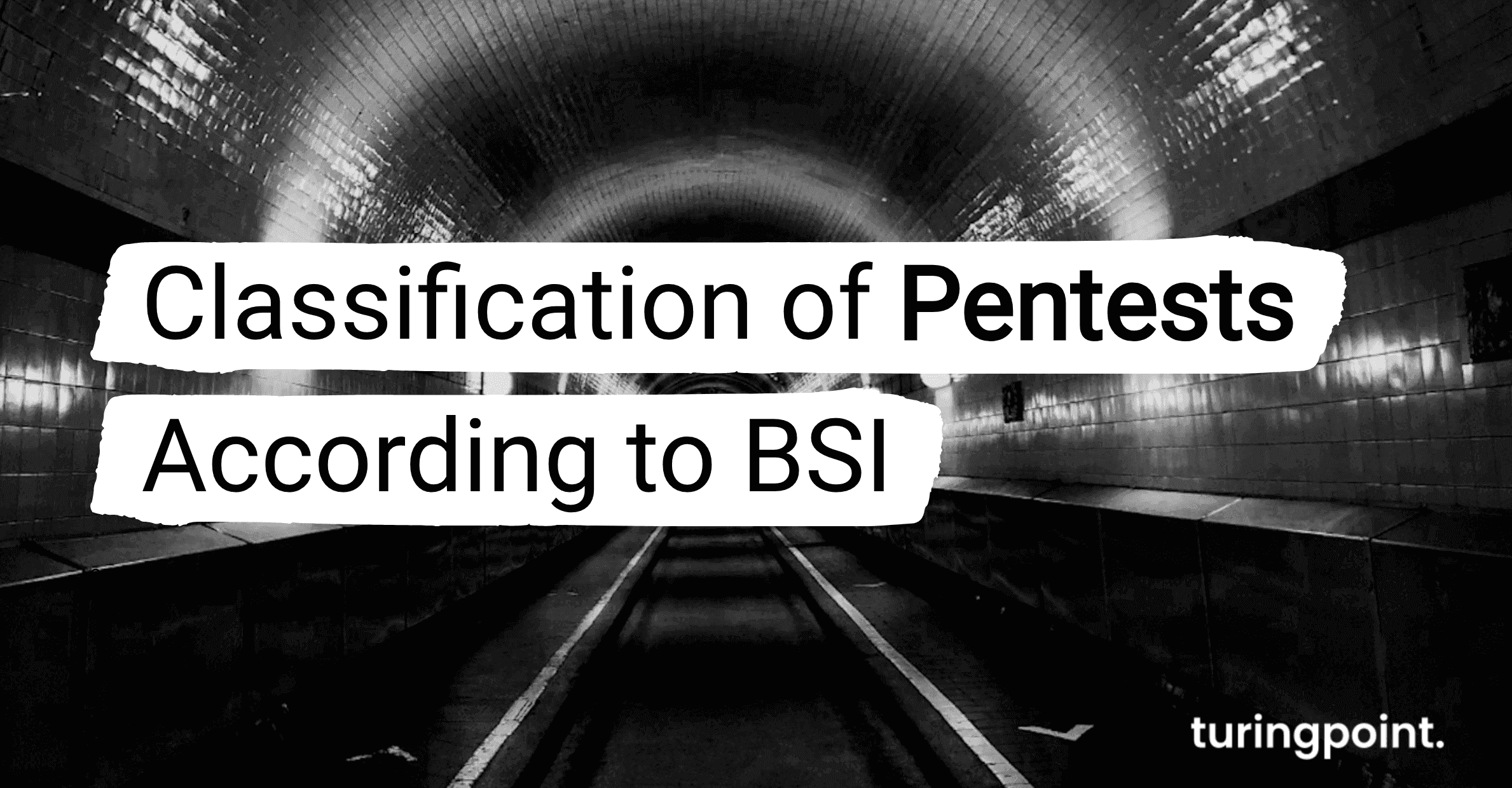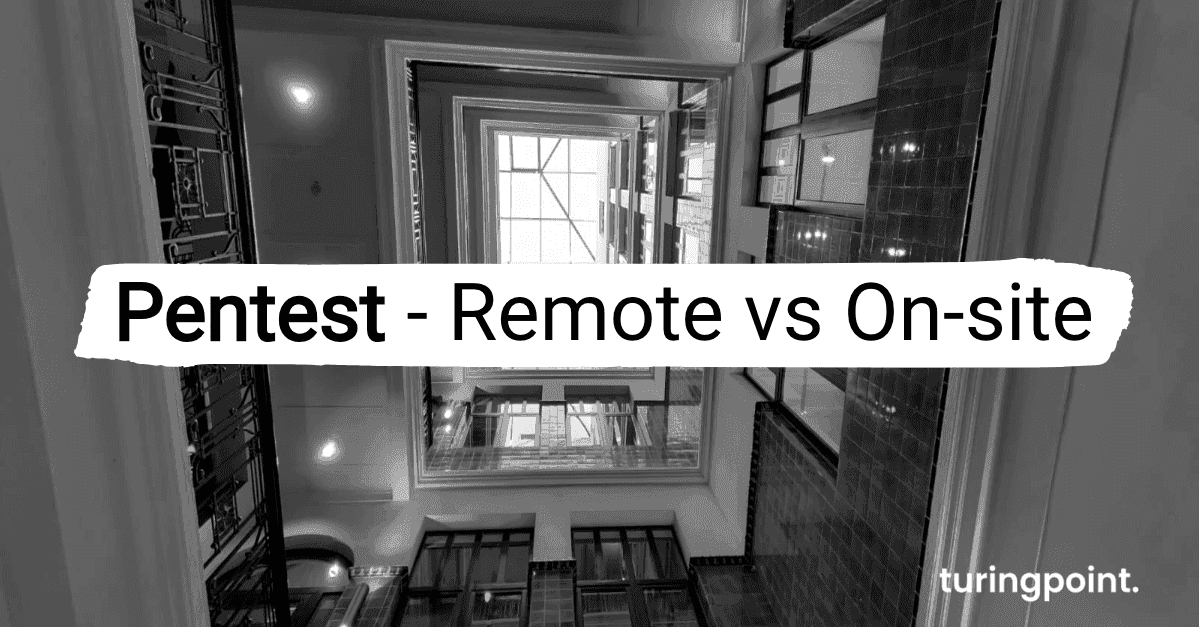Web and API Pentest
Protect your websites, applications and APIs with a pentest! Interactive web applications are part of digital business models and have far-reaching permissions in the infrastructure. Therefore, a review of attack vectors and overall website cyber security is essential for your business.
Definition and Explanation
What is Web and API Penetration Testing?
Web Penetration Testing, as the name suggests, is a pentest that focuses exclusively on a web or API application and not on a network or enterprise. The underlying concept and goals for detecting security weaknesses and strengthening defenses are identical.

Interfaces as well as Front- and Backend
Penetration Testing for all Web Technologies
Our services offer full protection against real threats through a penetration test. We check your frontend as well as backend with all common database systems and the corresponding interfaces (API). Advanced knowledge in the area of operating systems, web apps and web servers allows us to uncover deeper vulnerabilities.
Cyber Security for Websites
Check Website Cyber Security with turingpoint.
We protect your data from loss and verify compliance with defense mechanisms and strong cyber security.
- Frontend / Backend
- Vulnerabilities can occur in both the frontend, also known as the presentation layer, and the backend, also known as the data access layer.
- Databases including API
- The database and its management and the interfaces (APIs) are critical components that need to be checked.
- Complex Business Logic in Online Solutions
- Every application is unique and must be critically examined. This also includes vulnerabilities that are a legitimate part of the actual application.

Website IT Security Analyses
We perform Website IT Security Analysis based on Recognized Standards and Guidelines
Our IT processes are adapted to the practical guide for pentests of the German Federal Office for Information Security (BSI) and to the EU-DSGVO.
- Standard OWASP Testing Guide
- We offer the following test standards: OWASP, OSSTMM, BSI, PCIDSS, NIST and PTES. Depending on the information base, we perform white, grey or black box tests
- OWASP Top Ten
- We also analyze web applications for vulnerabilities from the OWASP Top Ten.
- Experience with Cloud and On Premises
- Experience with disruptive cloud technologies such as AWS, Google Cloud Platform, or Microsoft Azure, as well as legacy on-premises solutions.

Learn more about Performing Penetration Tests with turingpoint!
Penetration Test for Secure Web Applications
Penetration Test Modules for a high Level of IT Security
Basically, the longer our security engineers perform the web pentest or examine your API, the more meaningful the results. If you have special requirements, we will be happy to make you an individual offer.
- Information Retrieval
There are direct and indirect methods of search engine search and reconnaissance. Direct methods refer to searching the indexes and related content from the cache. Indirect methods refer to gathering sensitive design and configuration information by searching forums, newsgroups, and website alerts.
- Configuration Management
The very complexity of the networked and heterogeneous web server infrastructure, which may include multiple web applications, makes configuration management and review a fundamental step in testing and deploying each application. It only takes one vulnerability to compromise the security of the entire infrastructure. We audit your entire website security.
- Session Management
One of the core components of any web-based application is the mechanism that controls and maintains state for a user interacting with it. This is called session management and is defined as the set of all controls that govern the stateful interaction between a user and the application.
- Error Handling
Often, during a pentest on web applications, we come across many error messages generated by applications or web servers. These error messages are very useful for attackers, as they contain a lot of information about databases, errors and other technological components that are directly connected to web applications.
- Identity Management
In modern applications, it is common to define system roles to manage users and permissions for system resources. Administrators represent a role that provides access to privileged and sensitive functions and information, and regular users represent a role that provides access to regular business functions and information.
- Authentication
Testing the transport of credentials means checking whether the data is transmitted unencrypted from the browser to the server or whether the web application uses the appropriate security measures with a protocol such as HTTPS. The HTTPS protocol is based on TLS/SSL to encrypt the transmitted data.
- Permissions
Many web applications use and manage data as part of their daily operations. With input validation methods that were not well designed or deployed, an attacker could exploit the system to read or write data that should not be accessible. In special situations, it may be possible to execute arbitrary system commands.
- Input Validation
The most common web application security vulnerabilities occur when user input is not properly validated. This weakness leads to almost all major vulnerabilities in web applications, such as cross-site scripting, SQL injection, interpreter injection, local and Unicode attacks, file system attacks, and buffer overflows.
- Cryptography
Sensitive data must be protected during transmission over the network. This data may include user data. Even if high-quality encryption is normally used today, misconfiguration can result in weak encryption being enforced, allowing an attacker to read sensitive data.
- Business Logic
Testing for errors in business logic often requires unconventional methods. When developing an application's authentication mechanism, perform steps 1, 2, 3 in this specific order to authenticate a user. What happens if the user goes from step 1 directly to step 3?
- User-side Vulnerabilities
Client-side testing is concerned with the execution of code on the client, typically natively in a web browser or browser plugin. The execution of code on the client side is different from the execution on the server and the return of the subsequent content. Here, we test for all common types of cross-site scripting.
- APIs
Modern applications use an API for calling micro services, performing actions or monitoring user behavior. The design or structure of the API is often made publicly available to users. Based on this structure, the attacker can understand the API and use the information for further attacks.
- Patch Management
The term patch management refers to the strategic control for importing system updates that are used to close security gaps in software applications that have only been identified after market launch. Outdated software packages or frameworks from external sources should always be up to date.
Contact
Curious? Convinced? Interested?
Schedule a no-obligation initial consultation with one of our sales representatives. Use the following link to select an appointment:





